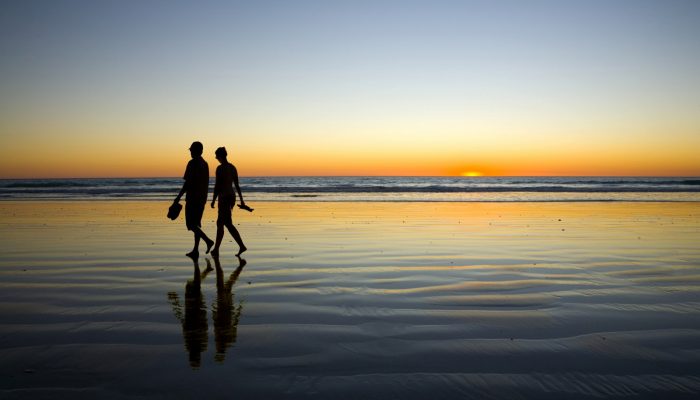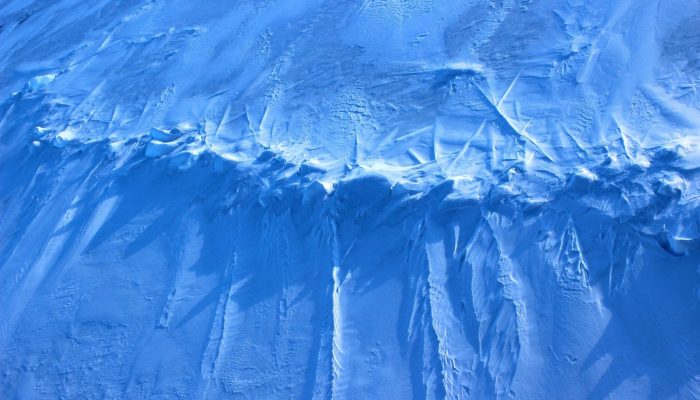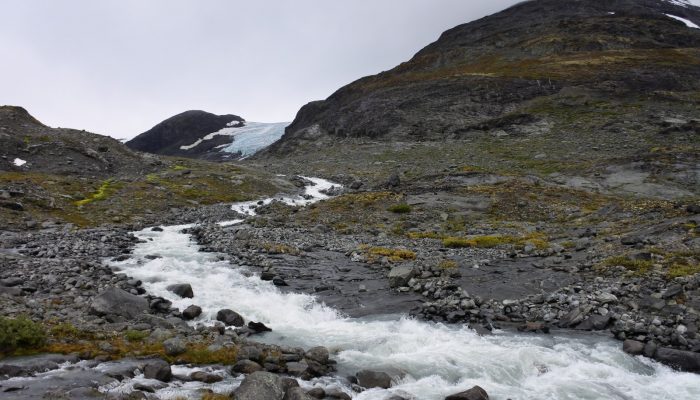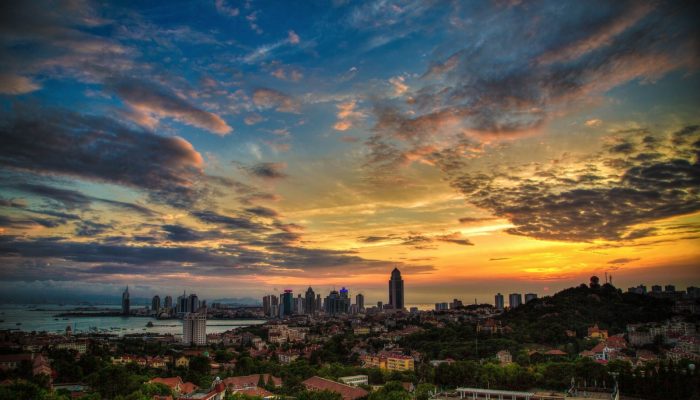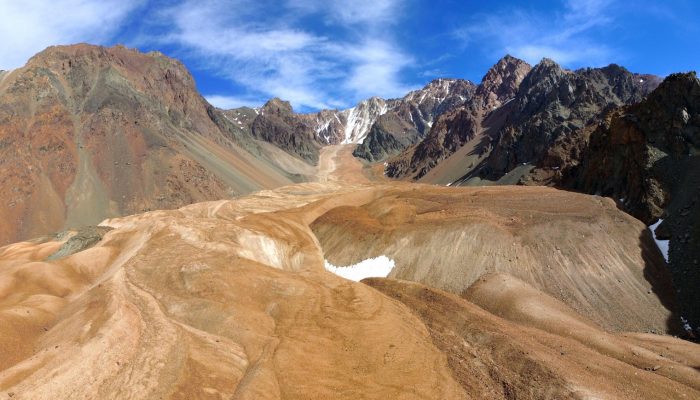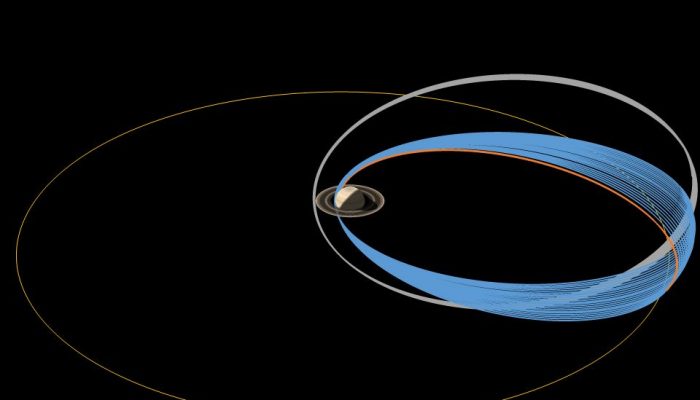Post from the Conversation, by Gabriel C Rau, Ian Acworth, Landon J.S. Halloran, Mark O Cuthbert When returning from a swim in the ocean, sometimes it seems as though your towel has moved. Of course, it’s just that the water line has shifted. The natural rise and fall of the ocean at the beach is an excellent demonstration of gravitational forces exerted by the Sun and the Moon. Although the tidal ...[Read More]
GeoLog
Imaggeo on Mondays: Polar backbone (Arctic Ocean)
This image was taken during the Arctic Ocean 2016(AO16) expedition that ventured to the central regions of the Arctic Ocean, including the North Pole. It shows a pressure ridge, or ice ridge, as viewed from onboard the deck of the icebreaker Oden. It was quite striking that the ice ridge resembled an image of a spine – sea ice being a defining characteristic of the broader Arctic environment and b ...[Read More]
Climate: Past, Present & Future
Defrosting the freezer. Climate change and glacial meltwater
Why are glaciers important? Glaciers cover around 10% of the global land surface. This includes the large ice sheets (e.g. in Greenland and Antarctica) as well as smaller ice caps and valley glaciers (e.g. in Iceland, Norway and New Zealand). Figure 1 shows the current distribution of glaciers around the world. Figure 1 – The global distribution of glaciers around the world from the GLIMS glacier ...[Read More]
Geology for Global Development
GfGD Annual Conference 2017
Since 2013, Geology for Global Development (GfGD) has organised an annual conference exploring the role of geologists in fighting poverty and sustainable development. Each event has gathered 100-150 participants (with >80% being students and early-career geoscientists) to engage with experts from academia, the private sector, the public sector and civil society. Our annual conference is a highl ...[Read More]
WaterUnderground
Groundwater Speed Dating! Can you find a match?
Post by Matt Herod Welcome to the first edition of groundwater speed dating. In today’s post I introduce you to a motley crew of isotopes and chemicals that hydrogeologists and geochemists use to date the age of groundwater. After meeting all of the contestants it will be up to you to pick your favourite and perhaps propose a second date. On your groundwater samples that is. Before I introdu ...[Read More]
GeoLog
Heat waves in cities getting worse under climate change
The effects of climate change are being felt all over the world but towns and cities are feeling most hot-under-the collar, a new study finds. Cities are usually warmer than their surroundings due to the urban heat island effect where artificial surfaces absorb more heat than their natural counterparts. Coupled with the loss of the shady effects of trees, urban areas regularly record the hottest t ...[Read More]
Tectonics and Structural Geology
Folding and Fracturing of Rocks – 50 years of research since the seminal textbook of JG. Ramsay
John G. Ramsay1 wrote his seminal textbook on the folding and fracturing of rocks in 1957, almost 20 years before I was born (and I don’t count myself as young!). So why did I co-convene a session at EGU in 2017 to celebrate the book? Because the book, in many ways, expresses the legacy that John has given to structural geology. He followed it with a series of books of the same ilk – Ramsay ...[Read More]
GeoLog
Imaggeo on Mondays: Sneaking up from above
Take some ice, mix in some rock, snow and maybe a little mud and the result is a rock glacier. Unlike ice glaciers (the ones we are most familiar with), rock glaciers have very little ice at the surface. Looking at today’s featured image, you’d be forgiven for thinking the Morenas Coloradas rock glacier wasn’t a glacier at all. But appearances can be misleading; as Jan Blöthe (a researcher at the ...[Read More]
GeoLog
The publication issue: the opinions of EGU early career scientists!
The EGU’s General Assemblies have a long tradition of Great Debates – sessions of Union-wide interest which aim to discuss some of the greatest challenges faced by our discipline. Past topics have included exploitation of mineral resources at the sea bed, water security given an ever growing population and climate geoengineering, to name but a few. This year’s meeting saw the first Great Debate a ...[Read More]
GeoLog
April GeoRoundUp: the best of the Earth sciences from the 2017 General Assembly
This month’s GeoRoundUp is a slight deviation from the norm. Instead of drawing inspiration from popular stories on our social media channels and unique or quirky research featured in the news, we’ve rounded up some of the stories which came out of researcher presented at our General Assembly (which took place last week in Vienna). The traditional format for the column will return in May! Major st ...[Read More]

